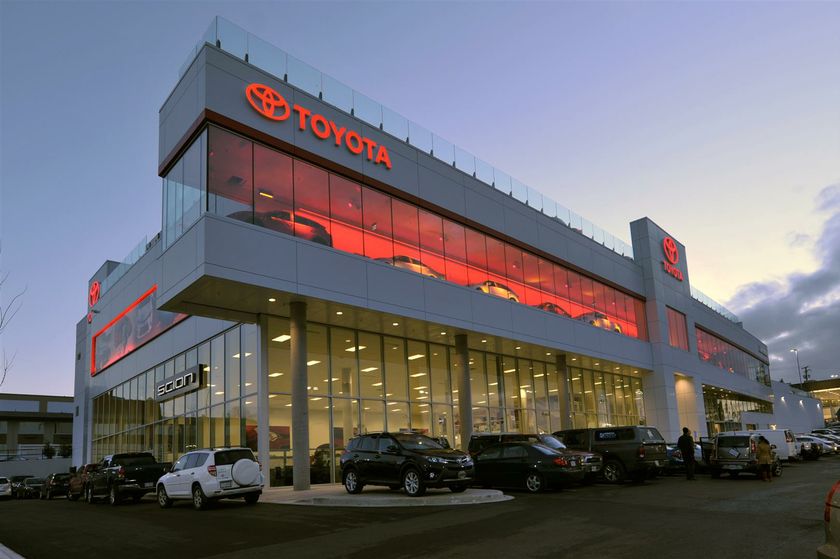Several business brokers advertise dealerships for sale on LinkedIn as well as through online listing platforms. These are small automotive dealerships that have, in many cases, been in business through two or three generations. But in today’s retail automotive environment, it’s no longer feasible to operate a dealership without significant backing.
Sonic Automotive, Penske Automotive Group, Lithia Motors, and AutoNation are just a few of the massive dealership groups that are adding to their dealer groups. It’s a trend that is all but guaranteed to continue. The large groups aren’t to blame; it’s simply good business for them. It’s because of the challenges that dealerships face when operating a single store or a small group.
The Uphill Battle to Operate a Dealership versus a Dealer Group
Unfortunately, it’s not even close to parity per store when financials are compared between individual dealers and groups. It’s a wide gap, and it is leading dealers to find a way out.
Health Insurance Costs
For a singular dealership or a small group, health insurance costs per employee can range up to $900 per month. Larger groups capitalize on the number of employees they enroll, receiving a massive discount that brings monthly costs below $500 per member. For an average dealership with 60 employees, health insurance costs can be $24,000 more per month, or $288,000 per year.
DMS System Costs
Dealer management systems are charged on a per-store basis with larger groups receiving incredible bulk discounts. While an individual dealer pays in the vicinity of $4,500 per month for their DMS, a large group can expect a median price of $3,000 per month. The biggest groups can be $1,500 or even less. On a single software system, the annual cost of doing business is about $18,000 more than what a dealer group pays. Of course, the cost differs greatly depending on the DMS provider also.
Uniform Costs
Typical uniform costs per employee are $200 per month. That is, unless you are part of a large dealer group. Large groups can expect to pay roughly a third of that price, bringing monthly uniform costs down to $65 per employee. While it might seem like a minor concern, at roughly 30 employees per dealership that require uniforms, a small dealer will pay approximately $4,000 more per month for uniform expenses alone.
Lack of Buying Power
It’s evident in all aspects of retail. Buying in bulk typically results in lower cost per item. That’s precisely the basis on which Walmart, Costco, Sam’s Club, and other big box retailers have found overwhelming success.
Small dealer groups and individual dealerships don’t have the buying power to command a lower price. From their insurance costs to shop supplies and parts department purchasing, the ‘little guy’ ends up paying more money for the same products and services.
Unfortunately, there’s no end in sight. To achieve success beyond their current status, small dealerships need to grow or amalgamate into a group. It’s possible to be a successful individual automotive retailer but, comparatively, the numbers will always be skewed in the favor of large dealer groups.







